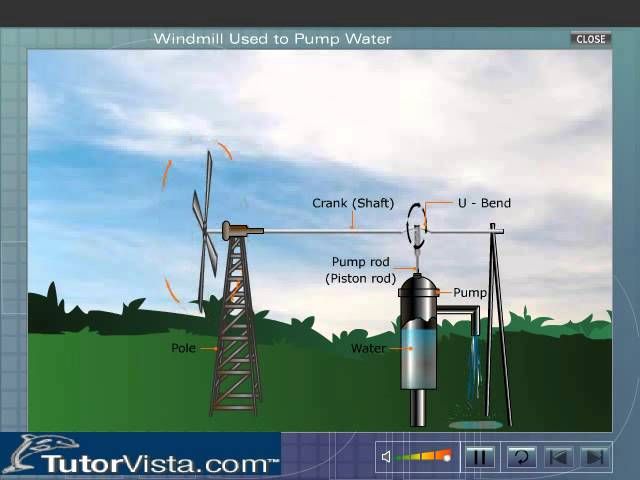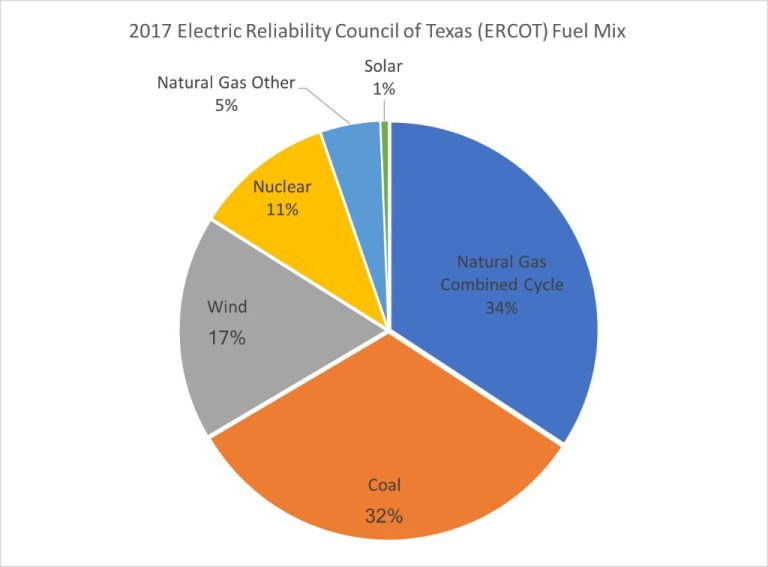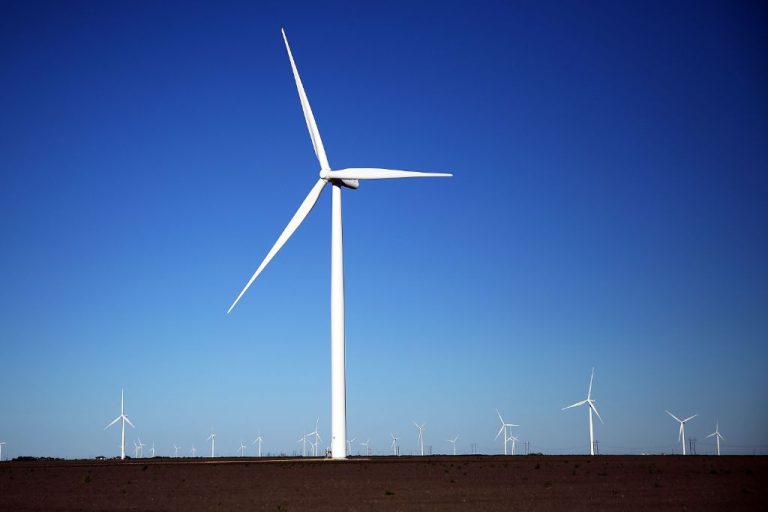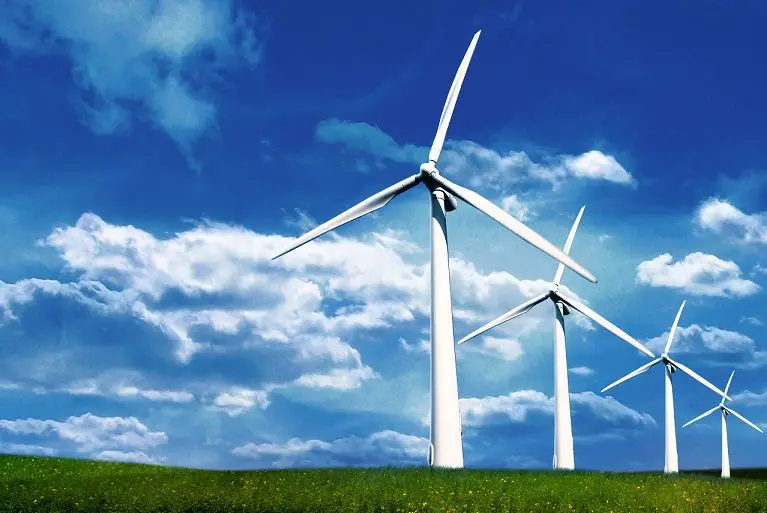Does Wind Energy Have A Negative Impact?
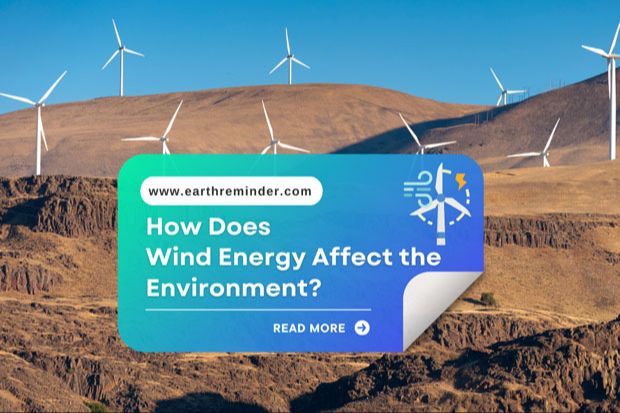
Wind energy has seen rapid growth in recent years as a renewable and clean source of electricity generation. According to the American Wind Energy Association, wind energy capacity in the United States has grown from 25 gigawatts in 2009 to over 122 gigawatts at the end of 2021, providing over 9% of total U.S. electricity supply.
With this growth has come debate about the potential negative impacts of wind energy. Concerns have been raised about noise pollution, harm to wildlife, visual impacts on landscapes, effects on property values, and more. This article examines the evidence behind some of the concerns and whether wind energy does in fact have major detrimental impacts.
Benefits of Wind Energy
Wind energy is a clean, renewable source of energy that has many environmental benefits. Wind turbines do not emit greenhouse gases or other air pollutants, which means using wind energy can help reduce carbon emissions that contribute to climate change (1). Wind turbines also do not produce any toxic waste as a byproduct. Because wind is free and abundant, wind energy can provide electricity without depleting finite resources or producing harmful emissions.
Compared to fossil fuel sources, generating electricity from wind emits very little air and water pollution. In 2020 alone, wind energy in the U.S. avoided an estimated 178 million metric tons of carbon emissions, which is equivalent to 39 million cars’ worth of emissions (1). Growing the supply of wind energy can greatly reduce the environmental impact of electricity generation.
Overall, wind power delivers clean, renewable energy that reduces dependence on finite fossil fuels, improves air quality by cutting emissions, and helps combat climate change through avoided carbon emissions.
Concerns About Noise Pollution
One of the main concerns people have with wind turbines is the noise they produce. Wind turbines generate noise from mechanical operation and the movement of turbine blades through the air. The level of noise depends on factors like the turbine design, wind speeds, and distance from the turbine.
According to a review by the Vermont Department of Health, wind turbine noise is often described as swooshing or pulsing sounds. The most common complaint is that the noise is annoying and disruptive, especially at night when background noise levels are lower.
Studies have found links between exposure to wind turbine noise and effects like sleep disturbance and decreased quality of life. For example, a 2014 review noted that people living near wind turbines reported sleep interruption from the noise. However, the evidence is not conclusive about direct health impacts.
To address noise concerns, regulations often limit the maximum decibel levels wind turbines can produce. Advances in technology have also helped reduce noise from modern wind turbines. Proper siting and sufficient setback distances from homes remain important considerations.
Concerns About Bird and Bat Mortality
One of the concerns regarding wind turbines is their potential impact on birds and bats in the local environment. Wind turbines can collide with flying birds and bats, resulting in injury or mortality. According to the American Bird Conservancy, wind turbines kill between 140,000 and 500,000 birds each year in the United States.1 Bats can also be affected, with recent estimates of bat fatalities ranging from 200,000 to 900,000 annually.2
The spinning blades of wind turbines can directly strike birds and bats in midair. Birds and bats may not see the turbine blades or may be unable to avoid them. Some species that fly at higher altitudes, such as migratory songbirds, raptors, and tree bats, appear to be most vulnerable. The number of fatalities varies depending on the location of the wind farm, species present, and turbine height and design.
Research shows that strategic placement and design of wind facilities and turbines can help reduce impacts. For example, avoiding key migration corridors and flyways near wetlands or along coasts can help. Technological improvements like slower blade rotation, ultrasonic and visual deterrents have also been shown to minimize bird and bat mortality at wind facilities.3
Concerns About Visual Impact
Some find wind farms visually unappealing. The modern wind turbine is a tall structure, often standing over 300 feet high. Groups of wind turbines sprawling across ridges or fields can create a significant visual change to the landscape. According to an article in Scientific American, wind farms are often sited on “previously open, unhindered lands” and so “are viewed as incongruous with traditionally valued scenic views” (Source).
This concern over visual impact has led to opposition to proposed wind farms in some communities. For example, a 2022 study published in Nature found that wealthy, white communities were significantly more likely to oppose local wind projects, with concerns over “aesthetics” being one of the main reasons cited for the opposition (Source). However, visual impact concerns involve subjective judgements, and surveys show many people find wind turbines visually appealing or see their visual footprint as a reasonable trade-off for renewable energy.
Impact on Property Values
Research on whether wind farms decrease nearby property values has shown mixed results. A 2021 study published in Renewable and Sustainable Energy Reviews analyzed over 1 million home sales from 27 counties in the United States between 1996-2014. It found no statistically significant evidence that commercial wind facilities within 5 miles reduce property values.
However, some studies have found small decreases in property values. A report by Michigan real estate appraisers found that industrial wind turbines within 2 miles can decrease property values by 10-25%. Proximity seems to play a role, with greater impacts on homes located closer to turbines.
Overall the impact on property values appears small and highly localized. With proper siting and setback requirements, community concerns over lowered property values near wind farms can likely be minimized.
Regulations and Siting
Local governments enact regulations regarding the placement and operation of wind farms in order to minimize their impact. Common policies address issues like setbacks, permitting, noise limits, shadow flicker, and decommissioning requirements.
For example, Boone County, Missouri recently passed regulations requiring wind turbines to be set back at least 1.1 times their total height from property lines, with larger setbacks from homes and public roads (https://www.showmeboone.com/resource-management/WECOD/). In Buffalo County, Nebraska, planners increased the required setback to 2 miles from non-participating property lines (https://central.newschannelnebraska.com/story/48594025/buffalo-county-sets-new-distancing-requirements-for-possible-wind-farms).
Such regulations aim to allow renewable energy development while protecting residents from potential nuisances or decreases in quality of life. Proper siting is key for minimizing wind power’s impact on communities.
Comparison to Fossil Fuels
When compared to fossil fuel energy sources like coal, natural gas, and oil, wind energy has a much lower negative impact on the environment and public health. Fossil fuel power plants emit large amounts of greenhouse gases like carbon dioxide that contribute significantly to climate change. According to the Energy Information Administration, wind turbines emit no greenhouse gases during their operations (1). The Department of Energy also states that lifecycle greenhouse gas emissions from wind energy are considerably lower than emissions from natural gas and coal (2).
Burning fossil fuels also generates air pollutants like sulfur dioxide, nitrogen oxides, particulate matter, and mercury that can cause serious public health effects. Wind turbines do not produce any of these air pollutants. By replacing fossil fuel electricity generation, wind energy can lead to an overall reduction in carbon dioxide and other harmful emissions (3). Although wind farms may have some local environmental impacts, the relative negative impacts are far lower compared to fossil fuel power plants.
Technological Improvements
Wind turbine technology has advanced significantly in recent years to reduce the environmental impact of wind energy. Some key innovations include:
Longer blades and taller towers allow modern wind turbines to capture more energy at higher altitudes with lower wind speeds. This increases energy production while reducing the number of turbines needed. According to the National Renewable Energy Lab, technology advancements could unlock 80% more wind energy potential in the U.S. during this decade (NREL).
New radar and sensing technologies can detect approaching birds and bats and shut down turbines temporarily to avoid collisions. The U.S. Department of Energy is working with industry to increase the performance and reliability of these detection systems (DOE).
There are also design innovations like slower rotor speeds, ultrasonic noise deterrents, and blade coatings that make turbines more wildlife-friendly. One company has developed a vertical axis turbine with a large open center that birds can fly through safely (Robin Radar).
With continued research and investment, wind power can expand sustainably with less impact on birds, bats, and natural landscapes.
Conclusion
In summary, wind energy does have some negative impacts that need to be considered and mitigated. The main concerns surrounding wind farms are noise pollution, bird and bat mortality, visual impacts, effects on property values, and proper siting regulations. However, with thoughtful planning and continued technological improvements, many of these impacts can be reduced.
When compared to fossil fuel energy sources like coal and gas, wind has far fewer negative environmental and health consequences. While no energy source is perfect, wind energy offers significant benefits like zero emissions, no resource extraction or transportation, and decreasing costs. With the urgent need to transition away from fossil fuels and combat climate change, wind energy will likely continue expanding its role in our energy mix.
Overall, the negative impacts of wind power should not be dismissed, but also must be weighed against the larger threat posed by remaining on our current reliance on fossil fuels. With conscientious policies and practices, wind energy can provide substantial benefits with limited downsides.

